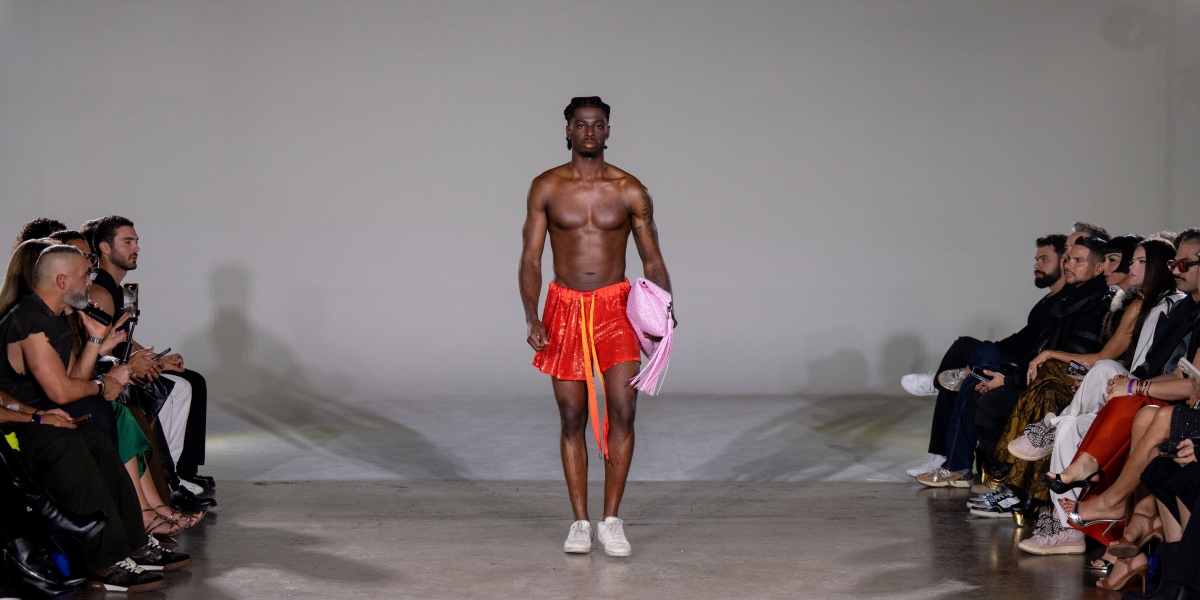By: Seraphina Quinn
Throughout the history of classical music, African-American sopranos have been integral in breaking barriers and expanding the boundaries, especially in a discipline historically dominated by white European traditions. Artists such as Marian Anderson, Leontyne Price, Kathleen Battle, and many more not only achieved unparalleled success on the world’s grandest stages but also confronted racial and social obstacles that few other classical musicians faced.
No doubt, their voices became symbols of resilience and excellence, transcending the confines of opera houses to become a part of the broader conversation on civil rights and cultural representation.
These sopranos set the stage for future generations of African-American singers to flourish in both opera and concert music. Their influence is evident in the careers of modern sopranos, such as Denise S. Young, who blends classical performance with a rich understanding of African-American musical traditions and integrates life experiences to enrich their musical offerings.
By pushing artistic boundaries and challenging racial norms, African-American sopranos reshaped the space of classical music, introducing audiences to the full emotional and cultural depth that their voices can offer.
Young’s journey to her status as an artist and particularly a soprano demonstrates her talent and dedication to vocal arts, as she has become known for her sound: a delicate blend of classical and operatic tone, with jazz and gospel inflection overlaid onto her chosen classic performance pieces. Known for emotive, inspiring performances, Young’s voice has captivated audiences from Carnegie Hall to Grace Cathedral, with repertoire spanning from American spirituals and jazz standards to traditional operatic works, always highlighting her versatility as a performer.
Throughout her music career, Young has had an ear to the possibilities of how collaboration with accomplished artists such as Phillip Bailey of Earth, Wind & Fire, or Pulitzer prize winner, Henry Threadgill might transfer into performances that defy conventional genre boundaries. Or expectations. Her passion for storytelling is evident in her debut solo album, Denise Young, Soprano, which features an eclectic mix of classical duets, jazz, and spirituals.
Tracks like Come Sunday, her original song Nature of Your Pain, the Joni Mitchell classic Both Sides Now, and a slick bossa rendition of Jobim’s Waters of March captures the vocal grace of Young and her gift of delivering heart level emotion through her music. On this album, Young’s artistry reflects not only her vocal range but also her commitment to using music as a medium for human connection and emotional storytelling.
Like these pioneers of singers she has emulated and studied ( Battle, Price, Jessye Norman, Shirley Verrett), Young embraces her identity as a Black woman in a traditionally white-dominated space. Her performances, such as those of Come Sunday and I Loves You, Porgy, embody not just musical mastery but also the spirit of resistance, empowerment, and cultural pride that has been characteristic of African-American sopranos throughout history. Like those she has admired, she cast a broad net for introducing listeners to multiple genres, often spanning sacred and secular forms to tell complex stories of struggle, triumph, and identity.
Denise Young, with her broad-ranging vocal skills and rich history in performance, contributes to this legacy. She is, however, a non-traditional model of today’s working soprano. A former tech executive and a history-making one as the first to reach C-suite at tech giant Apple, Young is blazing new pathways for artists to exist productively in multiple genres. After walking away from a 22-year tech career, Young served three years as Executive-in-Residence at Cornell Tech in Manhattan, founded her own production company, Blue Organza Productions, and then, in 2018, co-produced her debut album, Denise Young, Soprano. Young has actively served music and arts in San Francisco as the Chair of the SFJAZZ board. She is close friends with the artistic leaders and jazz giants of both SFJAZZ and Jazz at Lincoln Center, Terence Blanchard and Wynton Marsalis. Young encourages them both to take a strong stance to ensure the historically significant genre stands more prominently than ever in an era where she believes art may be in peril of eventual erasure. Her latest creative project, an “instructive memoir” published under Penguin Random House, “When We Are Seen” is a compelling mix of stories of her life and professional journey, all lending to the belief that we can fully embrace our artistry and life experiences to cultivate more inclusive environments around us, where more people can thrive.
Young’s collective work not only nurtures her own voice as an artist, writer, producer and African American soprano, but demonstrates how black artists have not only shaped the world of music but continually transform it by bringing in new stories, perspectives, and vocal textures that make classical and contemporary music more inclusive, relevant, and resonant with diverse audiences.
Published by: Holy Minoza






